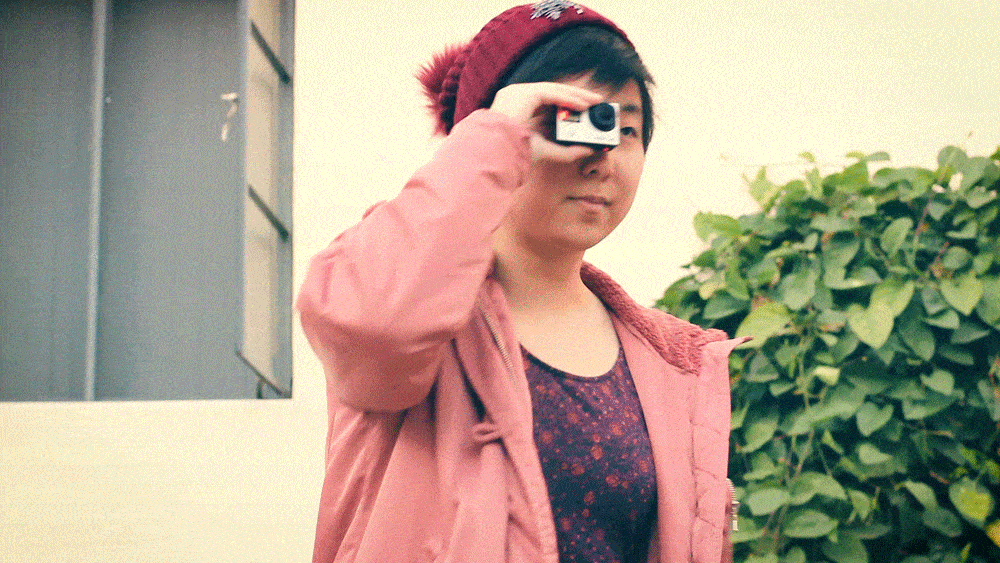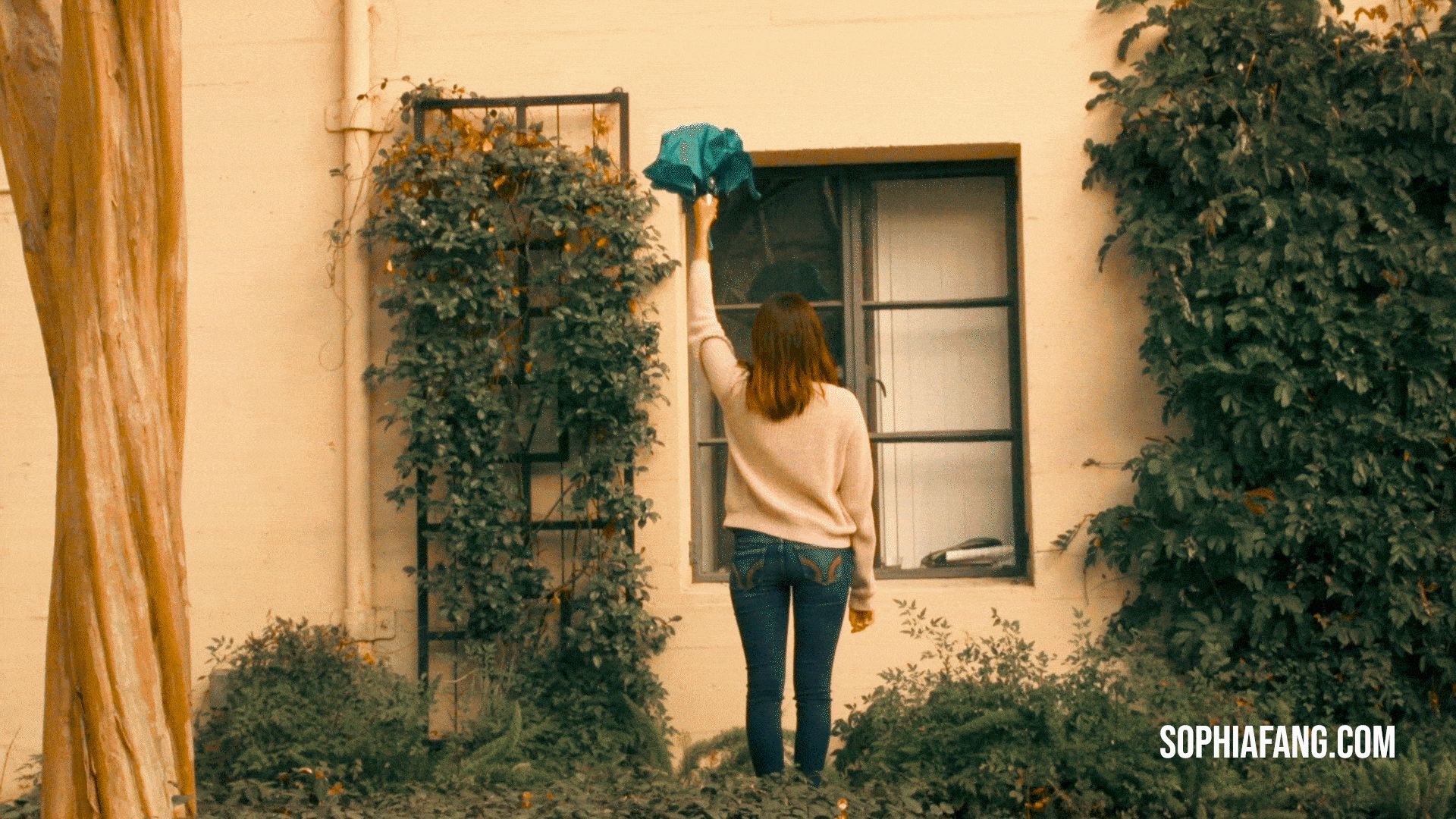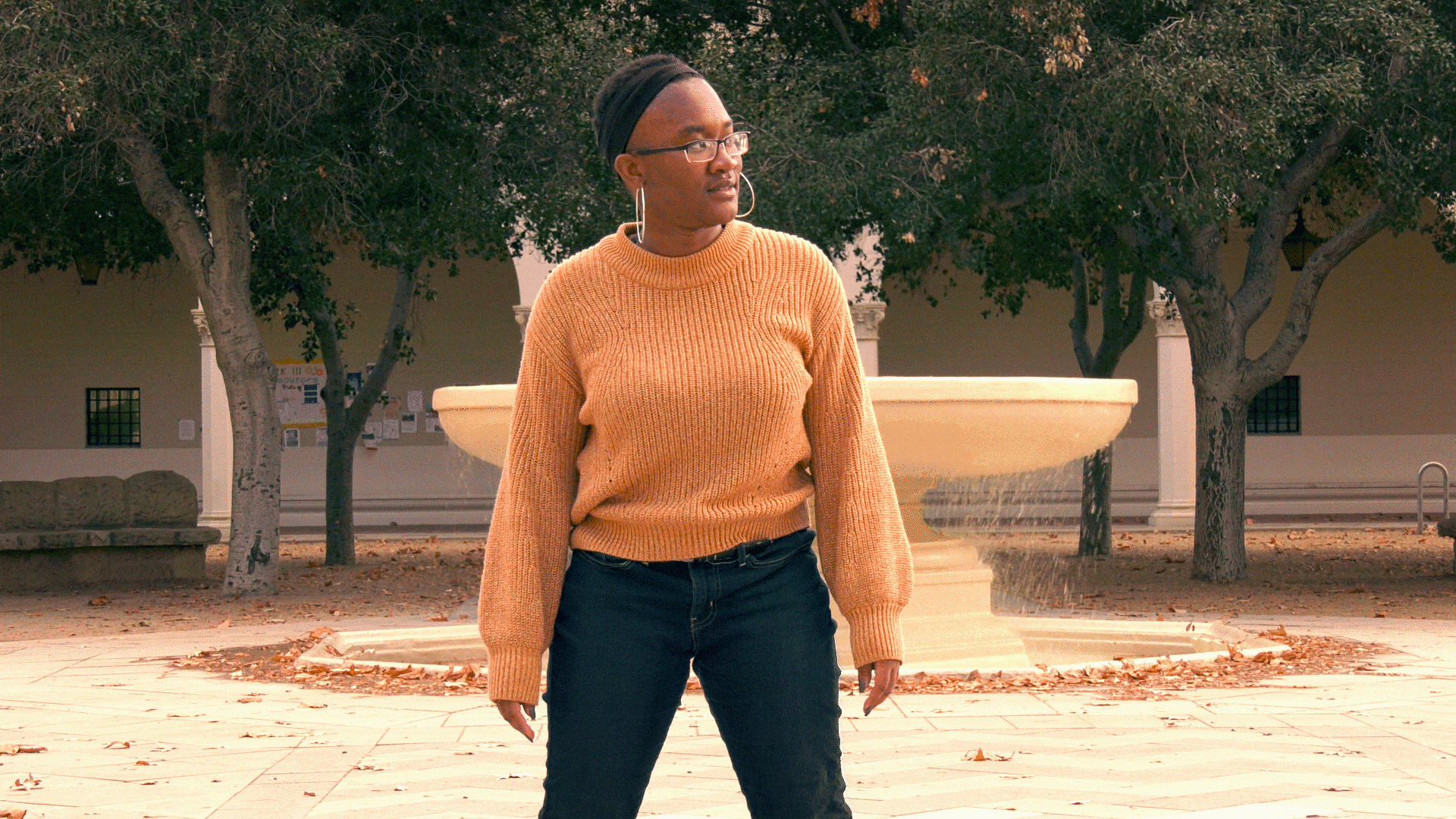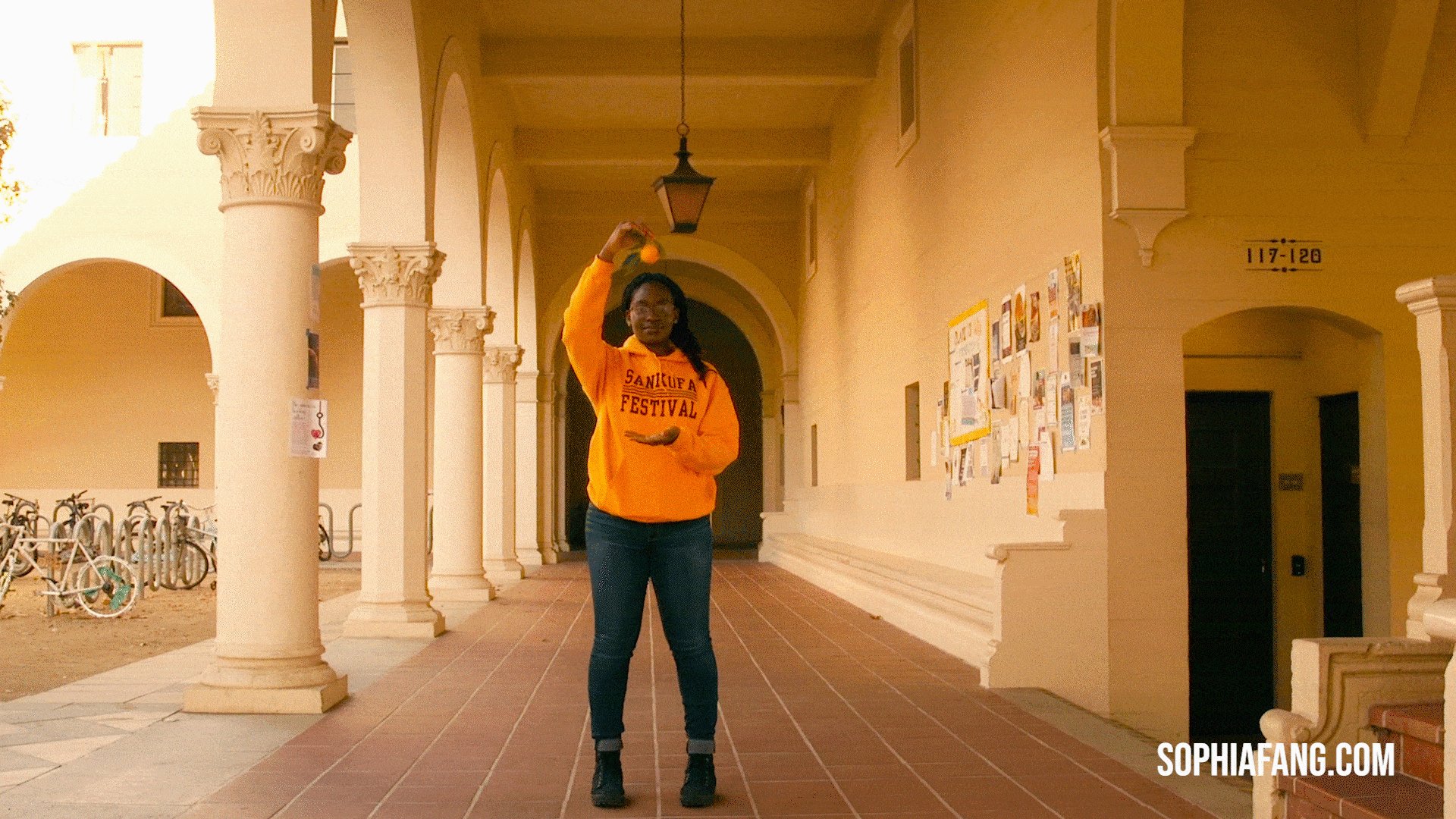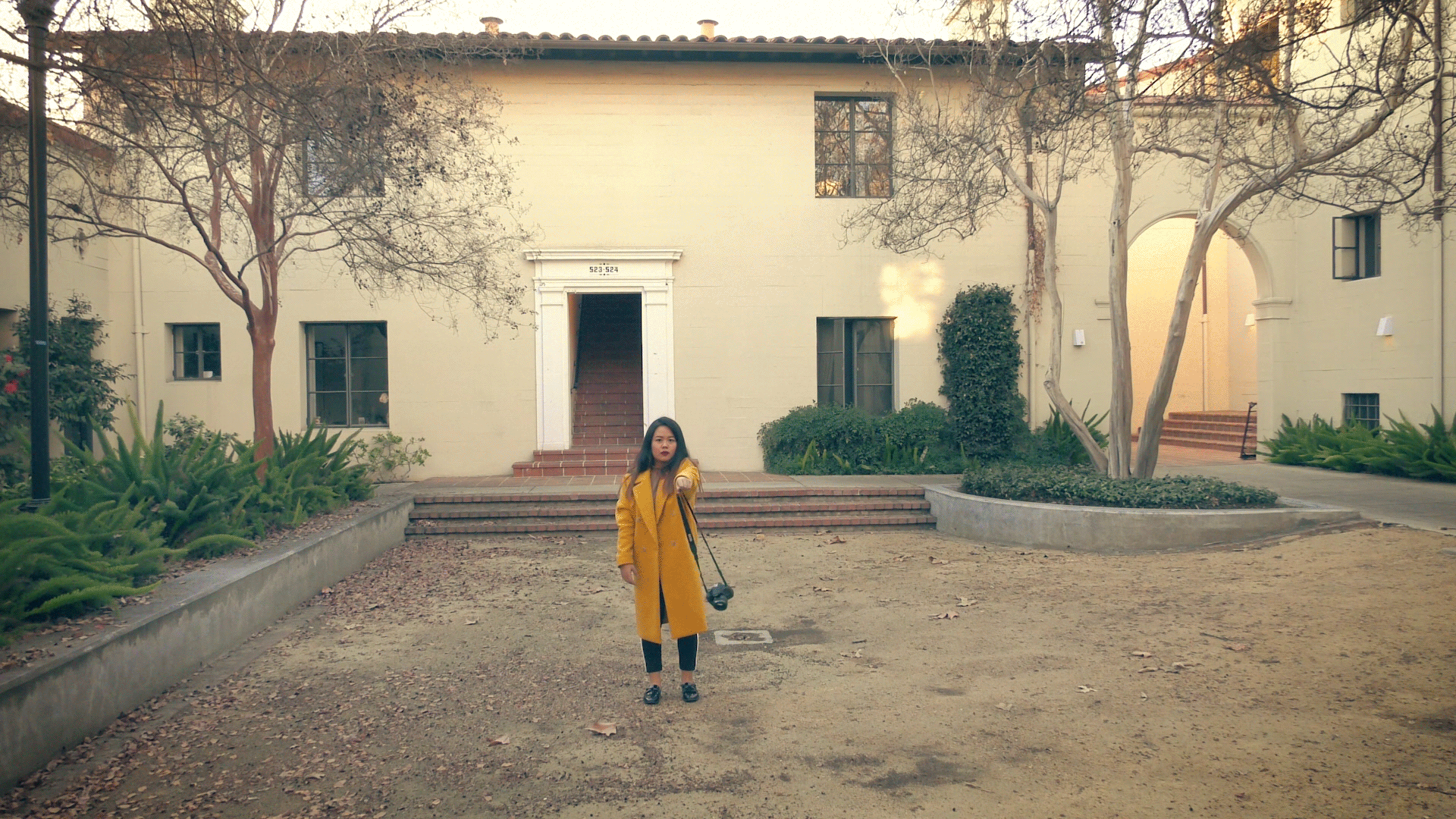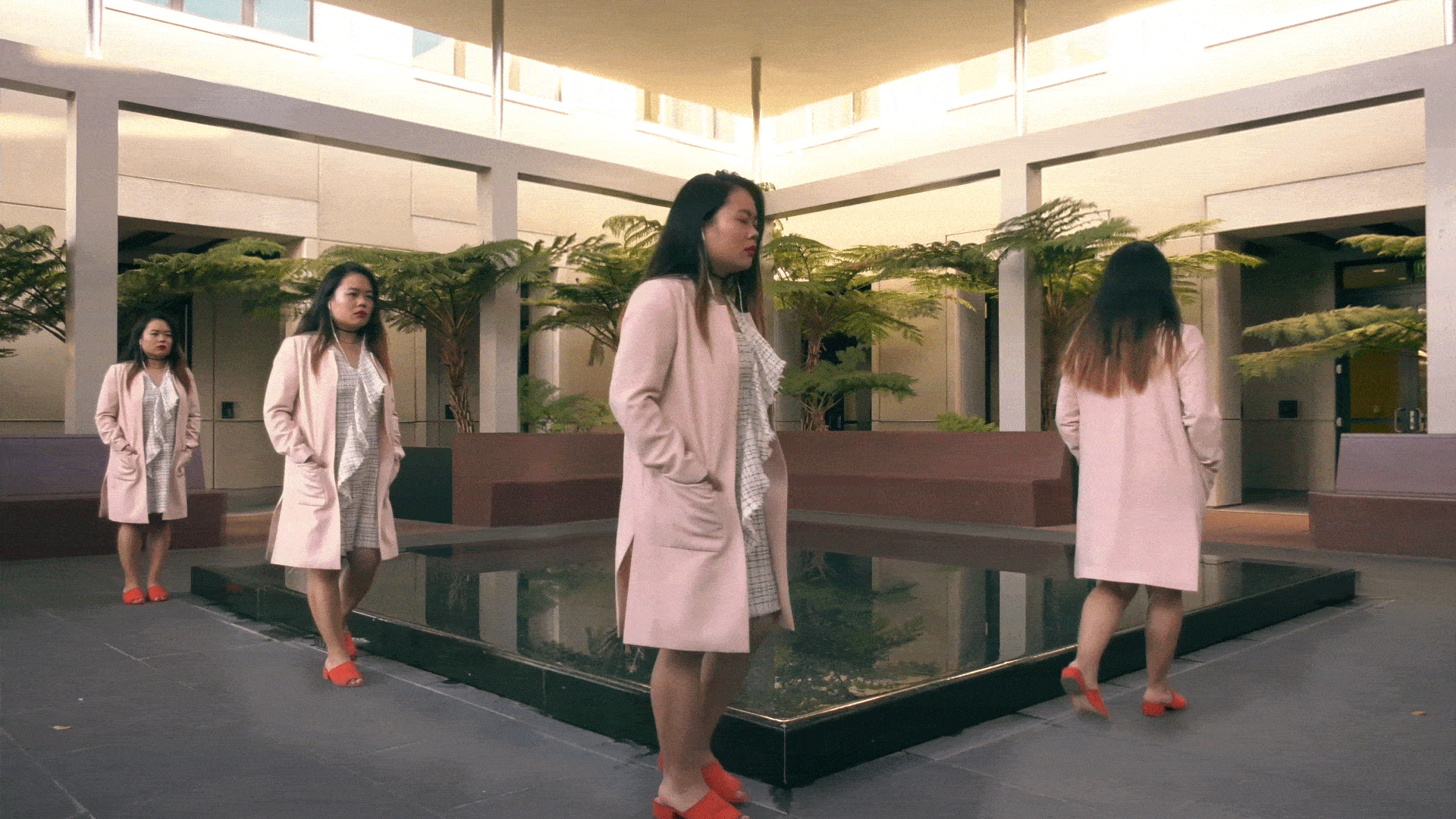Blending still worlds and motion worlds, the cinemagraph is a new media that consists of a still image with select areas of subtle, repeated movement.
The term “cinemagraph” was coined in 2011 by photographers Kevin Burg and Jamie Beck, who define it as “a living moment in an otherwise still photograph. It exists in the world in between a photograph and video to bring to life the image and make it last forever.” While Burg and Beck claim to be the inventors of the new media, the cinemagraph follows a long history of digital images blurring the lines of photography and video, with close contemporaries like animated GIFs, Boomerangs, and Apple’s Live Photos.
Cinemagraphs have seen great commercial success due to their positionality as a “refined GIF.” Across Facebook and Instagram, cinemagraphs of commercial products have slowly but surely cemented their place as a quirky and subtle tool of advertising. At the same time, cinemagraphs have developed a strong following across user-driven sites like Reddit, Tumblr, and Imgur. On these sites, users mainly share cinemagraphs that they have created from personal videos or found footage.
The ambiguity of cinemagraphs raises many questions. How do cinemagraphs redefine the temporality of the captured moment? How do the focus and the meaning of the image change depending the artist’s choice? What is chosen to be static—what gets to be in motion? If inanimate objects are chosen to be in motion over human subjects, does the human become an object in the image?
Shot with Panasonic UX180 4K Pro & Canon C100 Mark II / Edited with Adobe Photoshop & Adobe Premiere Pro
“Cinemagraphs must be seen in the context of a visual literacy that has already experienced...the DSLR revolution and the collapse of video making and photography into a single device. They are an element of a visual language that depicts internal reality embedding in a multiplicity of time.”
“The loop...is like a broken record in that it captures a moment in which time has been to maniacally repeat itself. This narrative dissonance, this psychotic imagery...is at odds with all other un-looped media.””
What Makes a Cinemagraph, a Cinemagraph?
The four main features of the cinemagraph are: infinite looping, intensified continuity, animated frames, and hypnotic absurdity. Looping forever, the cinemagraph repeats a captured collection of moments ad infinitum. The infinite looping is a commonality shared between the cinemagraph and its close cousins, such as the animated GIF, Vine, Boomerang, and Facebook Live Photo. The loop is then compressed and easily disseminated over the Internet through a GIF or video file format. However, the intensified continuity and animated frames are what distinguishes the cinemagraph from the other media forms. The continuity in the gestures within the cinemagraph creates an illusion of linear time, making the beginning and end unclear. While the other media forms involve playing a set of still frames repetitively, the still frames of the cinemagraph loop are individually animated to include motion in specific areas. The cumulative visual effect from the aforementioned three traits triggers hypnosis and elicits subjective emotional responses from viewers.
Closing Thoughts
This cinemagraph project has been an incredibly eye-opening experience, allowing me to explore the media both critically and creatively. While I had initially viewed cinemagraph as a relatively new form of media fusion, my investigation into the histories of still and moving images revealed that the cinemagraph follows an extensive line of visual media, from prehistoric zoetropes and Eadweard Muybridge’s horses to more recent modes of moving image. In the Information Age, the cinemagraph is a product of the digitalization of culture in new media, highlighting the shift towards bite-sized storytelling.
Works Cited
Baraniuk, Chris. “‘The Wheel of the Devil’: On Vine, Gifs and the Power of the Loop.” The Machine Starts, 28 Jan. 2013, www.themachinestarts.com/read/2013-01-the-wheel-of-the-devil-vine-gifs-idea-of-loop.
Crary, Jonathan. “Techniques of the Observer.” October, vol. 45, 1988, p. 3. JSTOR, doi:10.2307/779041.
Niewland, Meaghan. “Framed in Time: A Cinemagraph Series of the Everyday & Grounded Theory of Cinemagraphy.” Framed in Time, McMaster University, 3 Oct. 2013, www.niewland.com/cinemagraphs/research-paper/.
Treske, Andreas. Video Theory: Online Video Aesthetics or the Afterlife of Video. Transcript, 2015.
Weir, Peter. “The History of Cinemagraphs Includes David Bowie.” Flixel, Flixel, 19 Sept. 2017, blog.flixel.com/history-of-cinemagraphs/.




